Rising Oil Prices
Fluctuating oil prices significantly impact the Hydraulic Fracturing Market, with rising prices often leading to increased activity in fracking operations. As oil prices climb, the economic viability of extracting oil from shale formations improves, prompting companies to invest in hydraulic fracturing technologies. Recent trends indicate that when oil prices exceed a certain threshold, typically around 50 to 60 dollars per barrel, operators are more likely to initiate or expand fracking projects. This correlation suggests that the hydraulic fracturing market is closely tied to global oil price dynamics, making it a responsive sector that adapts to market conditions.
Increasing Energy Demand
The Hydraulic Fracturing Market is experiencing a surge in demand for energy, driven by the growing global population and industrialization. As economies expand, the need for reliable and affordable energy sources intensifies. Hydraulic fracturing, or fracking, has emerged as a pivotal technology in unlocking vast reserves of oil and natural gas, particularly in shale formations. According to recent estimates, the United States alone has seen a significant increase in natural gas production, with a reported rise of over 50% in the last decade. This trend indicates a robust market potential for hydraulic fracturing, as it plays a crucial role in meeting energy needs while ensuring energy security. The industry's ability to adapt to changing energy demands positions it favorably for future growth.
Technological Innovations
Technological advancements are a key driver in the Hydraulic Fracturing Market, enhancing efficiency and reducing costs. Innovations such as advanced drilling techniques, real-time data analytics, and improved fracturing fluids have transformed the fracking process. For instance, the introduction of horizontal drilling has allowed operators to access previously unreachable reserves, significantly increasing production rates. Furthermore, the integration of automation and artificial intelligence in monitoring and managing hydraulic fracturing operations has streamlined processes, leading to enhanced safety and reduced environmental impact. As these technologies continue to evolve, they are likely to further optimize resource extraction, thereby bolstering the hydraulic fracturing market's growth trajectory.
Energy Independence Initiatives
The pursuit of energy independence is a significant driver for the Hydraulic Fracturing Market, as nations seek to reduce reliance on foreign energy sources. Hydraulic fracturing has emerged as a vital tool in achieving this goal, particularly in countries with abundant shale resources. By harnessing domestic oil and gas reserves, nations can enhance their energy security and stabilize their economies. For instance, the United States has made substantial strides in reducing its dependence on imported oil, with hydraulic fracturing playing a central role in this transformation. This trend is likely to continue, as governments prioritize energy independence, thereby fostering growth in the hydraulic fracturing market.
Regulatory Support and Policy Frameworks
The Hydraulic Fracturing Market is influenced by regulatory support and favorable policy frameworks that encourage investment and development. Governments in various regions are recognizing the economic benefits of hydraulic fracturing, leading to the establishment of supportive regulations that facilitate exploration and production activities. For example, tax incentives and streamlined permitting processes have been implemented in several jurisdictions to attract investment in shale gas and oil projects. This regulatory environment not only promotes the growth of the hydraulic fracturing market but also ensures that operations adhere to safety and environmental standards, fostering public trust and acceptance.
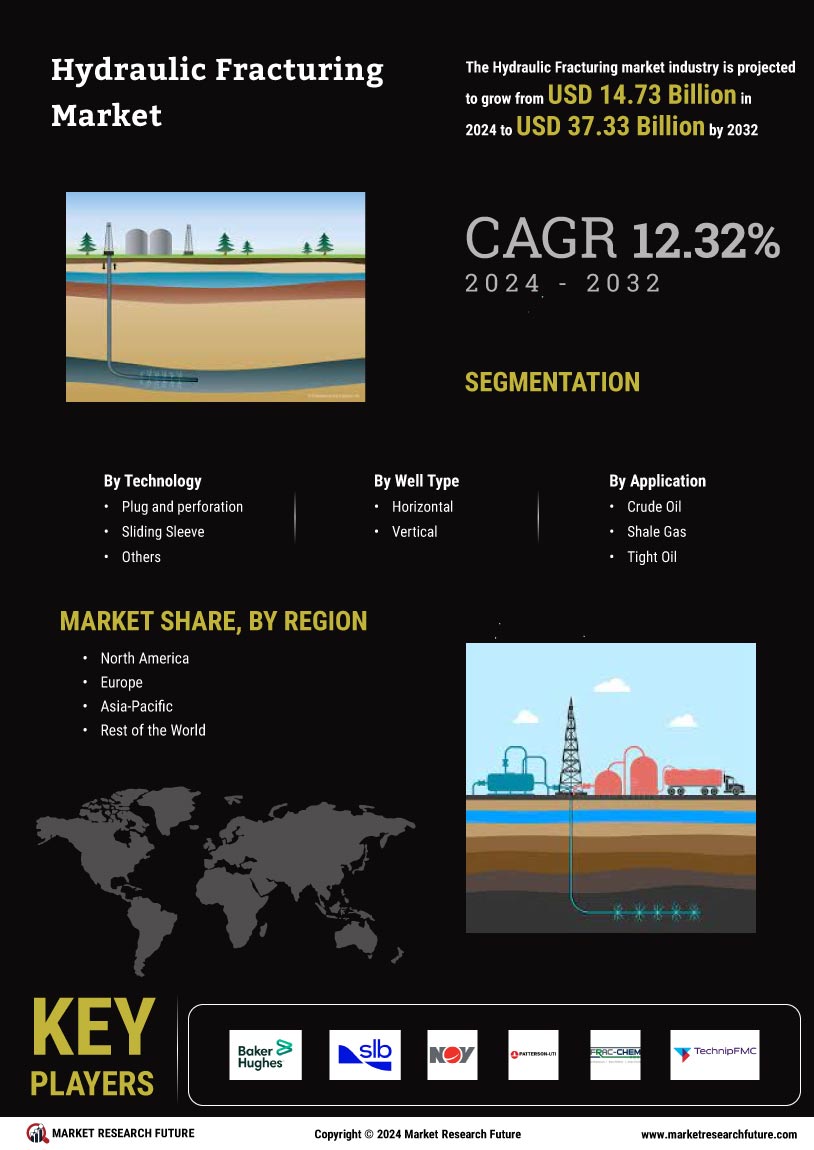

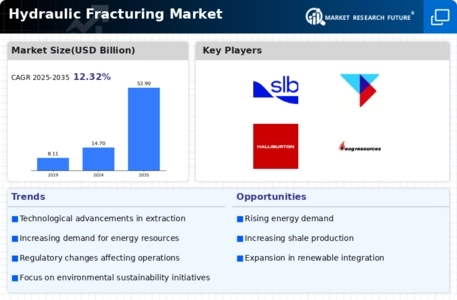

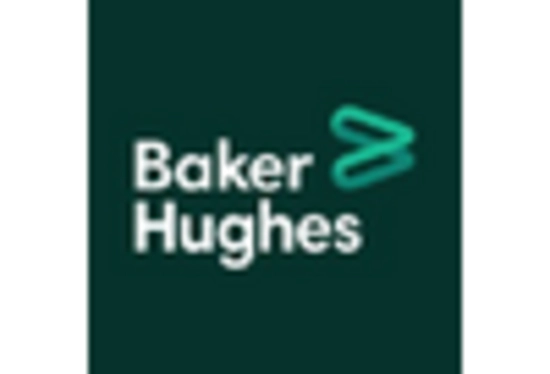
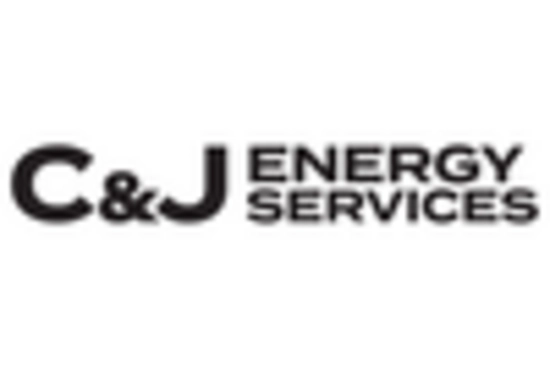
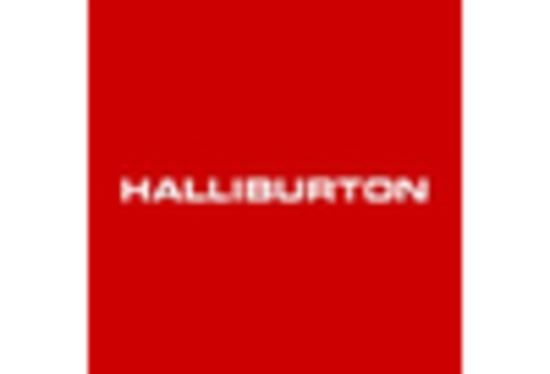
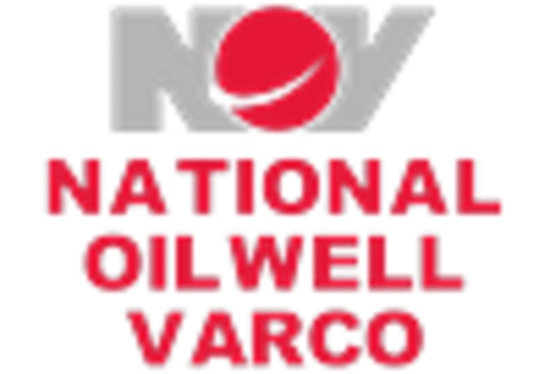










Leave a Comment